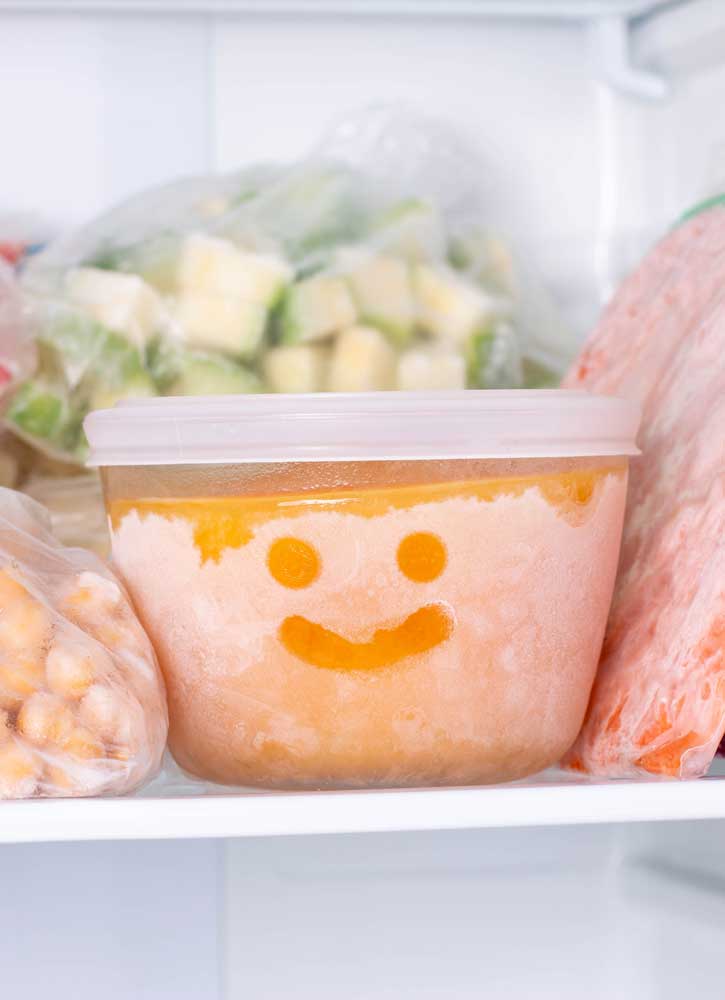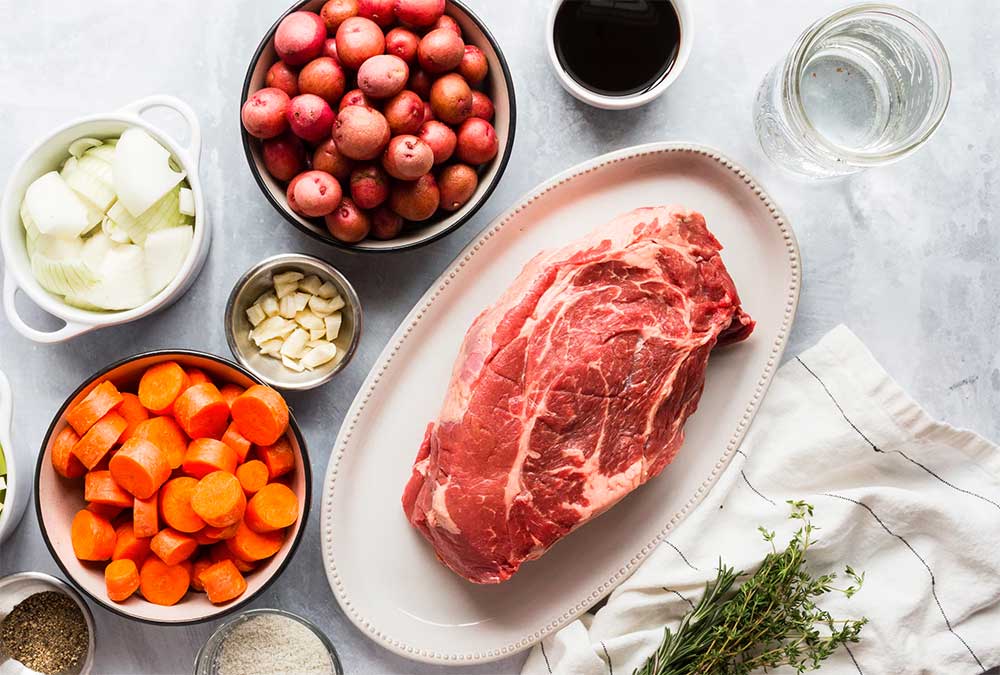Surgelare vs congelare
trova le differenze
When we talk of sub-zero products, we are not always aware of what lies behind the various steps and procedures necessary to preserve dishes and ingredients. “Are freezing and deep-freezing one and the same thing? Which is the safest technique? Can both of them be done at home?” If you can’t answer these questions, don’t worry: here below you will find everything you need to know to dispel any doubt.
DEEP-FREEZING
This technique makes it possible to bring raw or cooked food down to a temperature of -18°C very rapidly, thus preventing the formation of water micro-crystals which might jeopardise the food integrity.
Deep-freezing is a very stringent process from the point of view of its cooling time; therefore, you can be certain of its effectiveness only at industrial level, when also other requirements are met, including all the relevant legal provisions and steps in the cold chain. That is the only way to obtain products whose quality and organoleptic properties remain unvaried, even when they are brought back to room temperature.


FREEZING
This is mainly a domestic process, because all you need is the kind of freezer available in any kitchen. Unlike deep-freezing, this process differs in two main aspects:
– temperature
higher than the one required for a deep-frozen product
– duration of the process
it might take several hours to be thoroughly completed (which is not the case with deep-freezing).
The more extended times cause the formation of the ice crystals often to be found in food kept in a freezer, which leads to analteration of its nutritional and organoleptic properties. Therefore, even if both food products may seem more or less equivalent after defrosting, in flavour and appearance, freezing is likely to lower food quality.

In a nutshell, both techniques make use of cold temperature to preserve food, but only deep-freezing can guarantee that the products kept in your freezer are equivalent for all intents and purposes to fresh alternatives.


